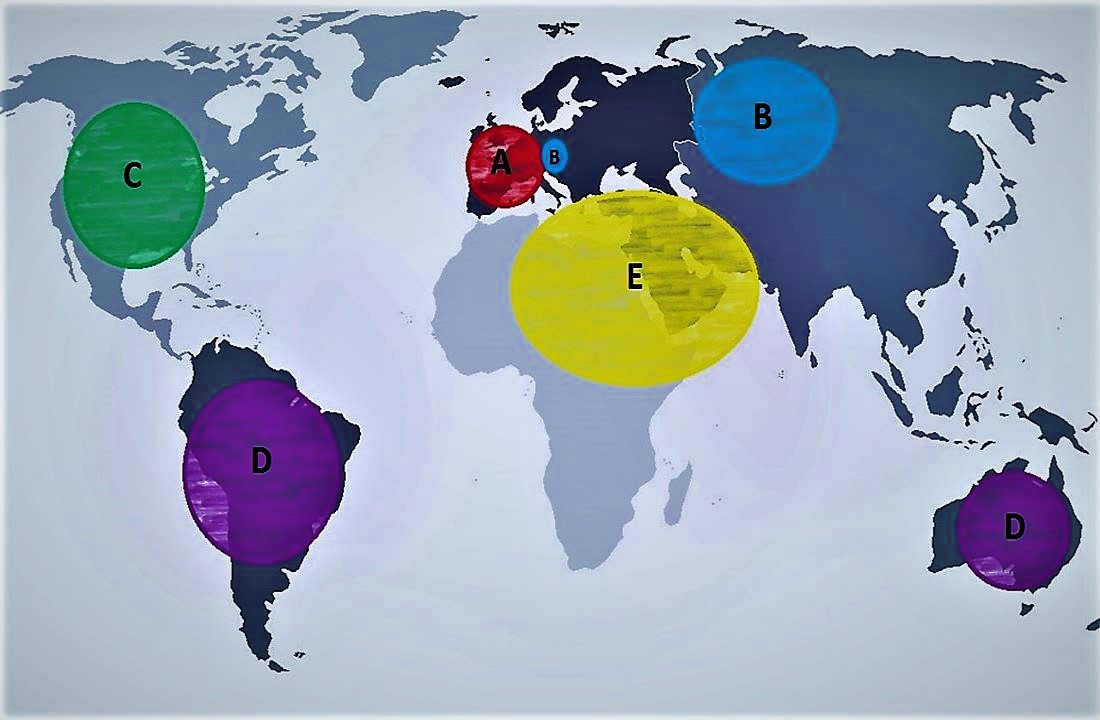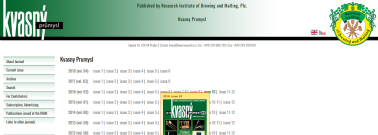Evaluation of malting quality of spring barley genetic resources from different regions of origin
DOI:
https://doi.org/10.18832/kp2021.67.392Keywords:
Hordeum vulgare L., genetic resources, malting qualityAbstract
A set of 92 genetic resources of spring barley split into groups according to the areas of origin was studied in terms of grain malting quality. The following malting parameters were monitored in this study: nitrogen content in barley grain, malt extract, relative extract at 45 °C, Kolbach index, diastatic power, apparent final attenuation, friability, β-glucans in wort, haze of wort measured at the angles of 15° and 90°. In the studied set, the largest variability was found in the haze of wort (90°), the smallest in the apparent final attenuation. The optimal values of the extract content in the malt dry matter according to the malting quality index were only detected in the genotypes originating from Europe. The group of the genetic resources from South America and Australia, together with the genotypes from the Middle East and Africa, differed statistically significantly in the values of the Kolbach index from other groups. The two-row genotypes differed statistically significantly in the values of the malt extract content, relative extract at 45 °C, Kolbach index, diastatic power, friability and β-glucan content in wort. Although the European and non-European groups differed in a number of traits, the non-European groups also included genetic resources that in their malting parameters approached or equaled the European malting varieties (such as Psaknon). In this study, several significant correlations were found; the strongest correlations were between friability and malt extract (r = 0.85), friability and Kolbach index (r = 0.84).

Downloads
Published
How to Cite
Issue
Section
License
Copyright (c) 2021 Marta Zavřelová

This work is licensed under a Creative Commons Attribution 4.0 International License.







